
Looking for the origins of life deep underground
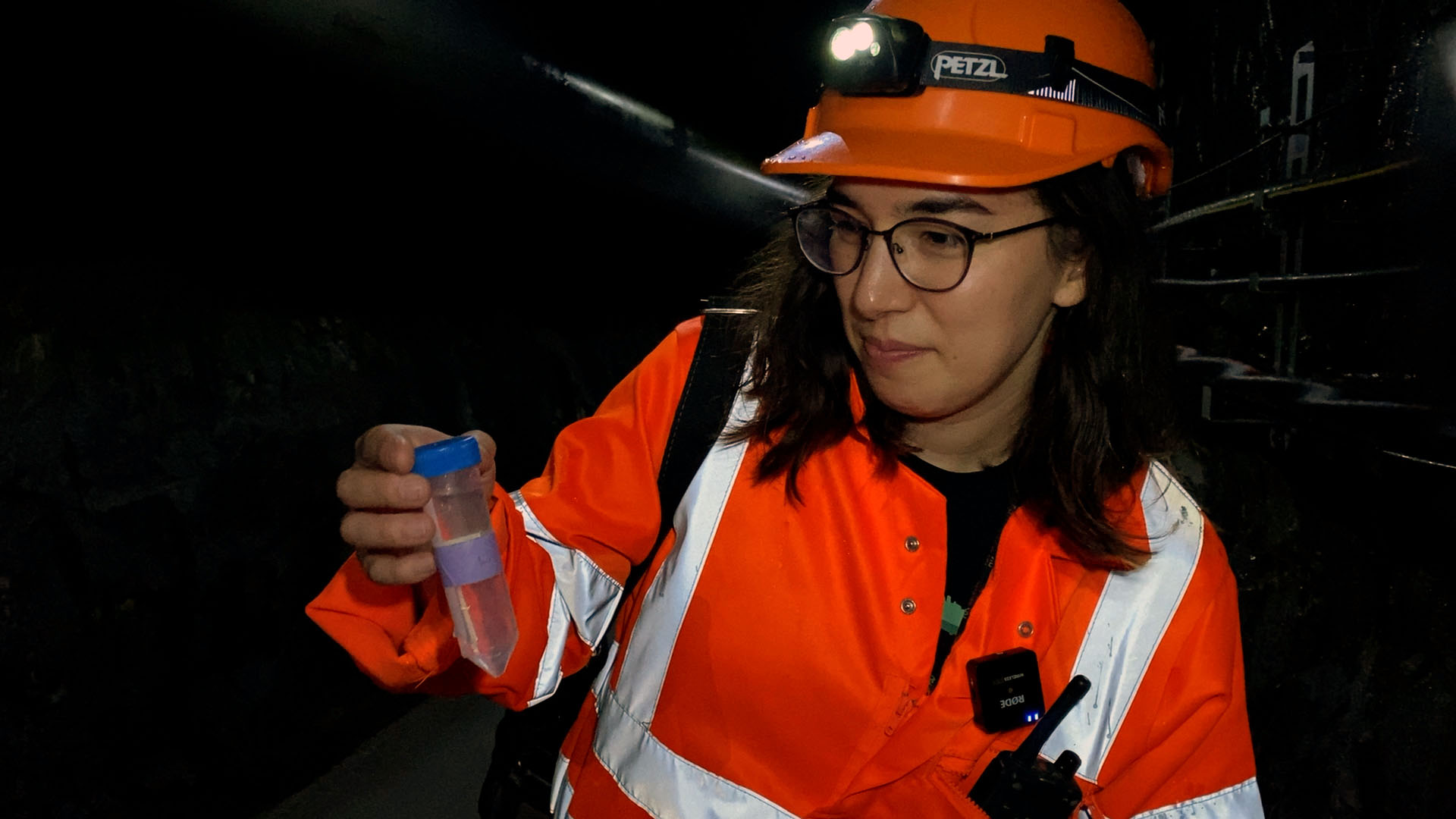
As a child Cara Magnabosco wanted to be a professional footballer. Then curiosity got the better of her, and she decided to study science. Now the Zurich-based professor is searching for the origins of life – far below the earth’s surface.
If you travel from the Nufenen pass in canton Valais towards Ticino in southern Switzerland, you can’t miss the Finestra di BedrettoExternal link – the Bedretto window. Yet hardly anyone actually notices this gateway to the passage into the mountain.
The passage was originally excavated out of the rock as an access route to the 15-km-long Furka base tunnel. The tunnel accommodates vehicles going east to west. This is also the place where Cara MagnaboscoExternal link is exploring the origins of life in the universe, 1,500 metres under the earth’s surface.
To do this, Magnabosco travels to Ticino every couple of months. Dressed in orange overalls covered in reflective stripes and a hard hat, a self-rescuer (a mask with oxygen supply) strapped to her shoulders, the 33-year-old geobiologist looks just like a road worker.
>> A video of Cara Magnabosco at work, deep in the earth and in her Zurich laboratory
Whenever Magnabosco makes the two-kilometre journey horizontally into the mountain to reach the Bedretto Lab, an underground laboratory of the federal technology institute ETH Zurich, she can rely on the oxygen equipment to make her way out of the tunnel again if there’s ever an emergency.
The tunnel is cool and humid. It has no plaster finish. The ceiling and walls inside the Gotthard Massif is made up of dark rock and the ground is uneven. Yet a good ventilation system prevents any musty smell one might expect to find here. On this Monday in May the tunnel is quiet. There are just sparks flying further away – a work crew is doing some soldering. It’s hard to imagine that the secret of life might be hidden somewhere in this tunnel of rock and water.
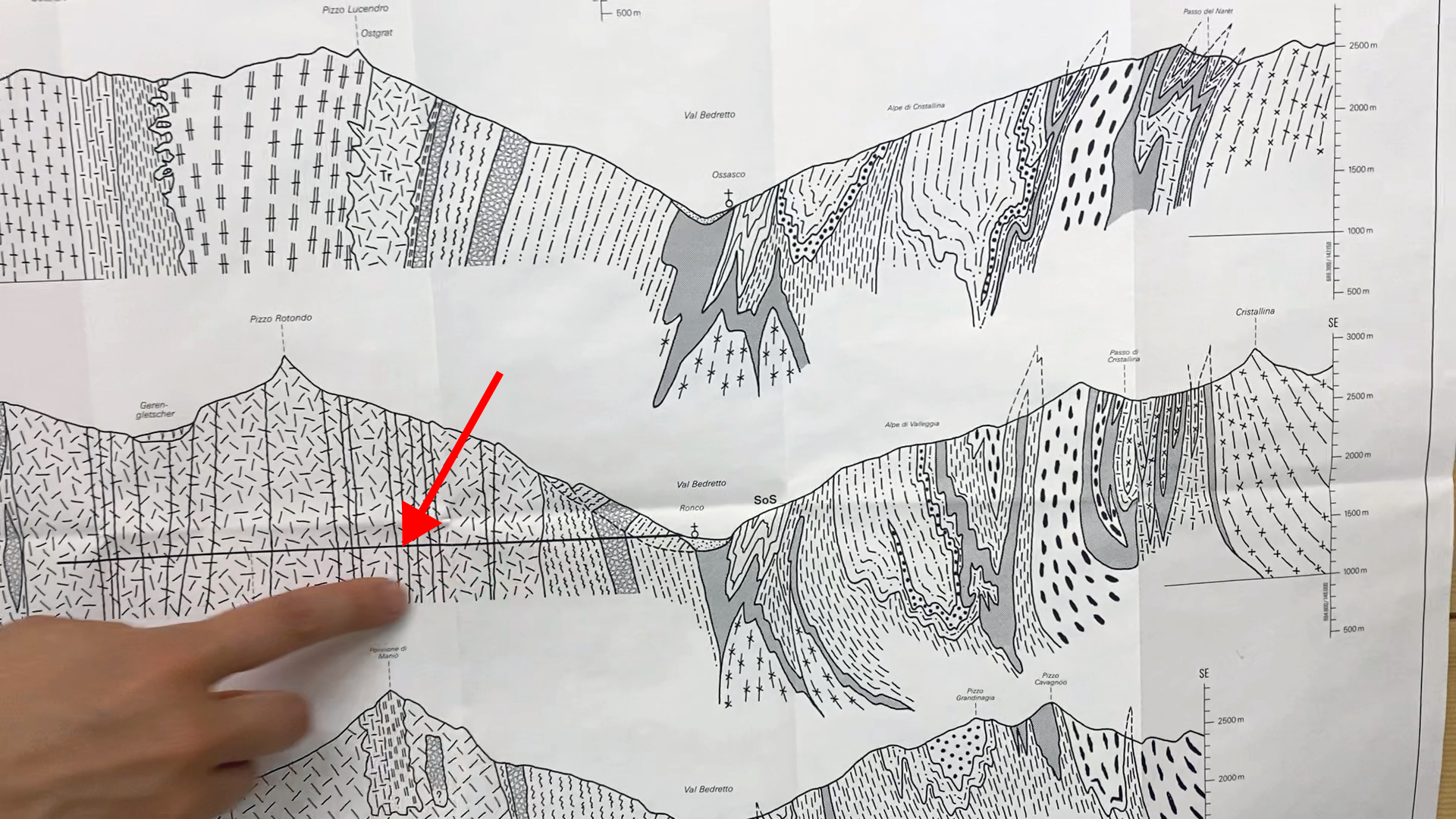
Samples from the depths of the earth
One and a half kilometres under the Gotthard Massif, Magnabosco is looking for the oldest signs of life on our planet. Here in the bowels of the earth, she often sits for hours in darkened microscope-viewing areas or prepares samples for her laboratory.
First she turns on a tap that’s been fixed to a spot in the tunnel where a water stream runs. This is water that has dripped through the rock for tens of thousands of years. She collects water samples, then scratches a bit on the damp rock with a plastic tube to gather microbes.
“There can be thousands of micro-organisms in this sample that have never seen the light of day,” she says. “It’s a fascinating environment.”
Down here, she explains, life forms dating from the earliest period of earth’s history have remained untouched by the processes taking place at surface level. That’s what makes them relevant to the search for the origins of life in the universe.
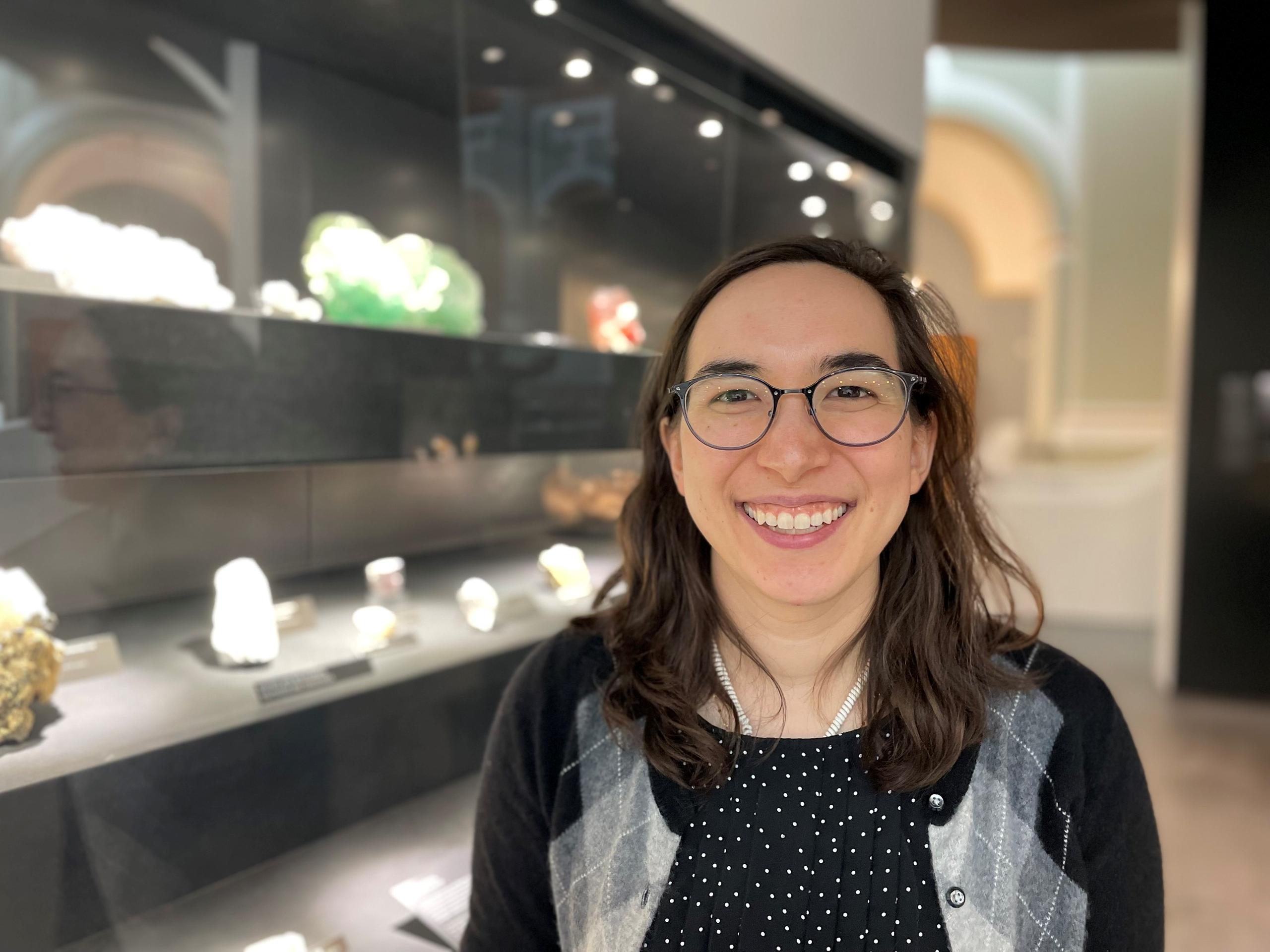
The ingredients for life
When I meet Magnabosco for the first time in her office in the Department of Earth Sciences at the ETH Zurich two months before our trip to Ticino, she shows me an award for young researchers that she has won. Carefully she takes out an ochre-coloured stone from the mountains of Oman out of an ornately decorated cardboard box.
“If I were to put this in water, we would have the most important ingredients for life – water and rock,” she says.
When life actually begins is a contested question among researchers. The answer depends on how you define life, and on who you ask: biologists, chemists, or philosophers.
As assistant professor of geobiology, Magnabosco explores the frontier between living and non-living matter.
“We’re trying to understand where life can survive and where life is no longer able to survive,” she explains on a visit to the laboratory two floors above her office. There, together with her students, she studies the water samples which they have collected at the Bedretto Lab.
Science and adventure
Science was never the only career option for Magnabosco. She grew up with an older sister in the American state of Indiana. She has a Thai mother and an American father. Her mother is an ophthalmologist; her father works in finance. As a child, Magnabosco wanted to be a professional footballer.

In her last year of high school she took a course in biotechnology and became fascinated with DNA sequencing.
“We took DNA from our cheeks and learned how it was sequenced and analysed,” she says. “That was really cool.” Later she would often come back to this method of analysis in her study of biology and her own research.
As part of their course, the students read Hot Zone: The Terrifying True Story of the Origins of the Ebola Virus by Richard Preston. This bestseller describes how, after the initial outbreaks in Africa, scientists tracked down the origin of the Ebola virus and decoded it. The mixture of adventure and science that appealed to Magnabosco then still has a hold on her today.
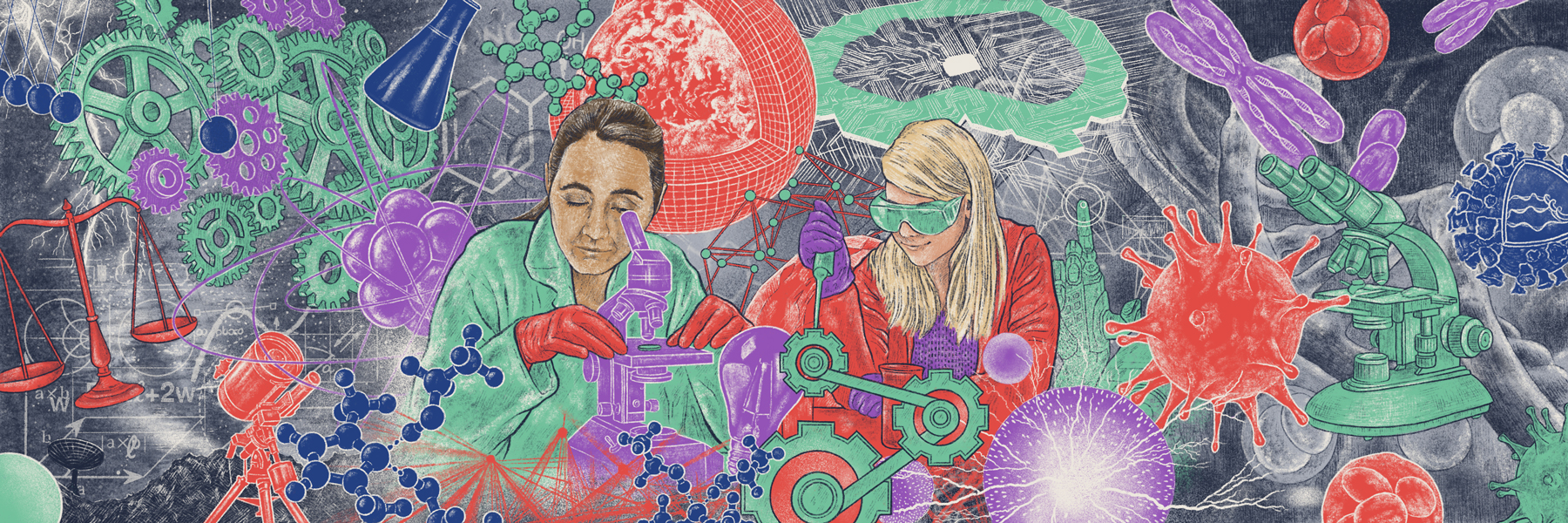
More
Science in Switzerland: the women driving change
Magnabosco recounts her numerous research trips to places like the islands of Spitzbergen off the coast of Norway, Death Valley, and hot springs in Portugal.
As a doctoral student at Princeton, one of the most prestigious universities in the world, she ventured down gold mines in South Africa, where huge lifts descend into the bowels of the earth at high speed.
“Chh-chh-chh!” she says, simulating the tempo. In the same lift, there would sometimes be a huge lorry going down too.
In 2019 Magnabosco applied for a tenure-track assistant professorship in geobiology at the ETH Zurich. Her research area fits in perfectly with the new Center for the Origin and Prevalence of Life, which opens in SeptemberExternal link (see box).
The new Centre for the Origin and Prevalence of Life is scheduled to open on September 2, 2022, at the federal technology institute ETH Zurich.
It will be one of the the first interdisciplinary and inter-university centres to study life in the whole of Europe.
The centre is headed by astronomer and Nobel prize-winner Didier Queloz. In 1995, together with another Swiss, Michel Mayor, Queloz discovered the first planet that orbits around a sun-like star. These planets are called exoplanets. Queloz will also continue to research at the University of Cambridge.
Magnabosco will be working with a team that includes Swiss Nobel prize-winner Didier Queloz, who will be heading up the research centre at two locations in and near Zurich. It is to be a multidisciplinary centre, with involvement of chemistry, biology, earth sciences, astrophysics and other disciplines.
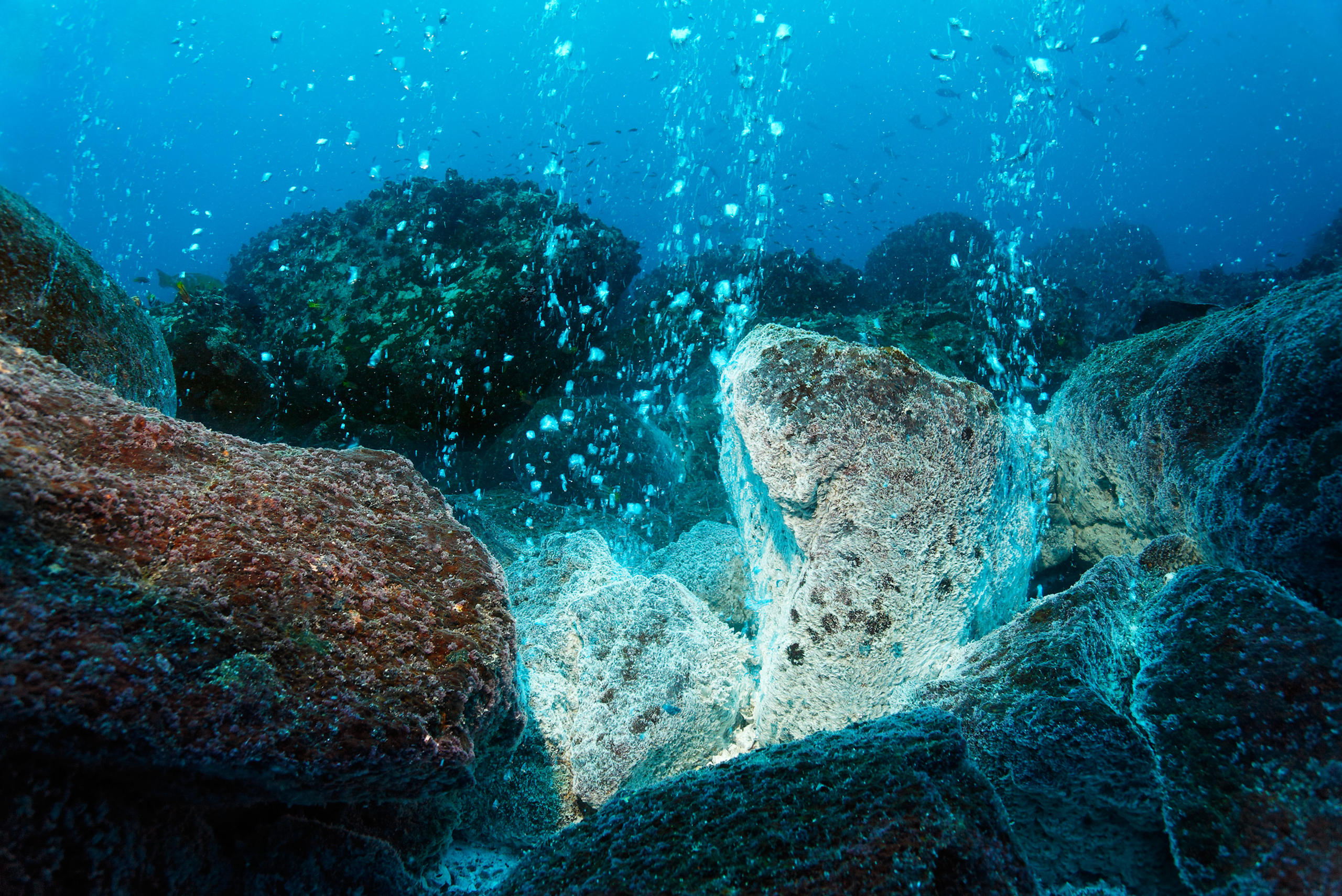
More
‘There is life elsewhere in the universe’
Magnabosco is looking specifically for microbes that stand at the beginning of life on earth, roughly two billion years ago.
“It’s a sort of detective work,” she says of the task of figuring out how these living things developed and influenced each other over the course of the earth’s four-and-a-half-billion-year history.
Deep underground
Why is Magnabosco searching for the origins of life underground on Earth, and not on the surface of other planets where the sun also shines? To consider this question, we go up on the roof of the Department of Earth Sciences to gaze at the sky.
“At least within our solar system, we know that a lot of the planetary surfaces are largely inhospitable,” she says. Deep underground, however, life forms are protected from the instability that may prevail at the surface of a planet.
In Magnabosco’s view, it is likely that there is life elsewhere, not just on Earth.
“The general recipes of what we would think is needed for life seem to be able to appear on other planets,” she says. She’s hoping for some fresh insight from the James Webb telescope, which was recently launched into space to find exoplanets where there might be life.
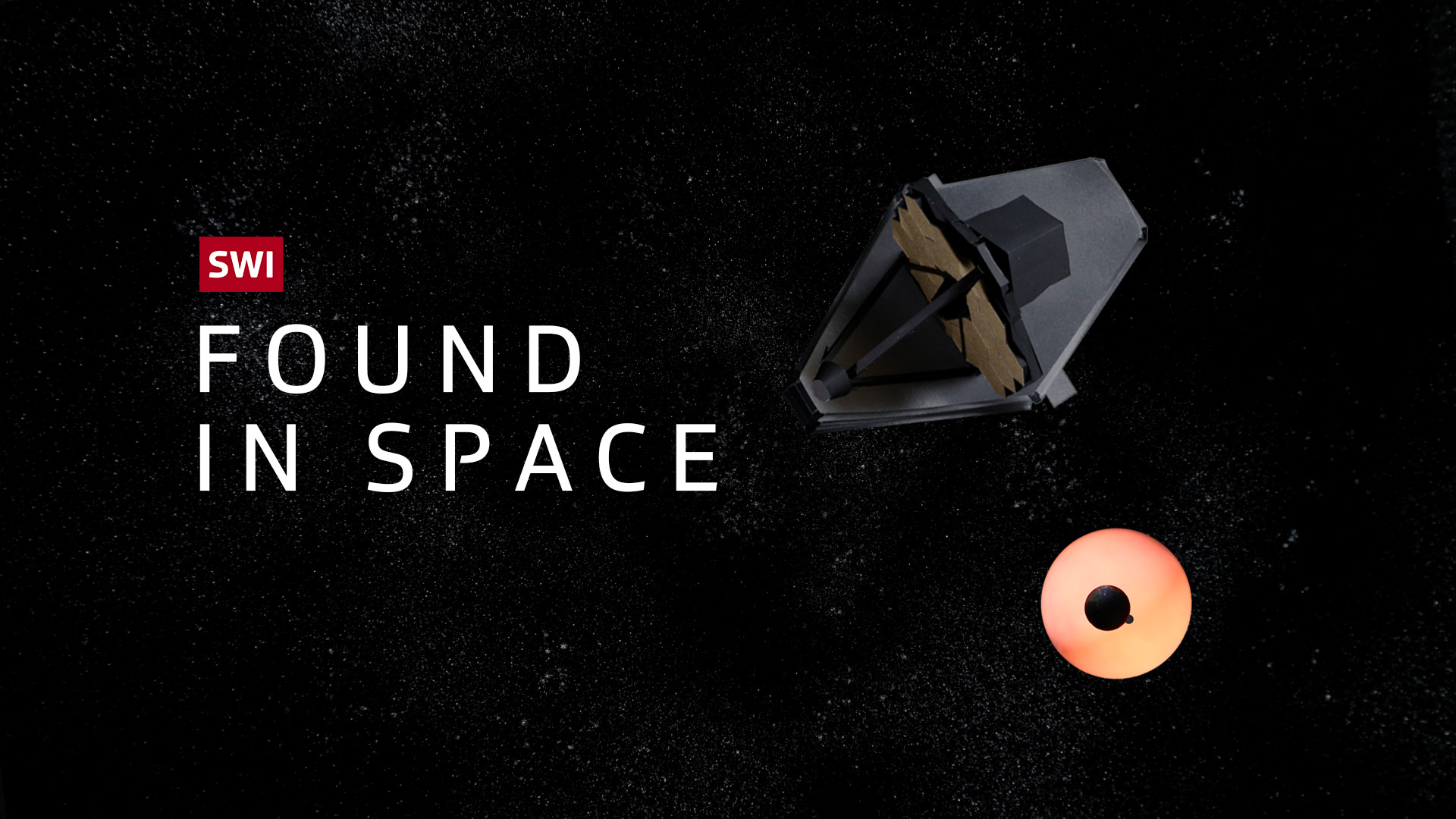
More
A glimpse into the origins of the universe
If there is life on other planets, “we are more likely to find life that is similar to micro-organisms,” Magnabosco says. “And as we know from Earth, more micro-organisms live underground than on the surface or in oceans.”
What does life look like?
The underground laboratory in the tunnel in the Bedretto Valley is not exactly a separate room but a widening of the passageway. To one side are tables where measuring devices and computers sit. Several thick pipes disappear into a large pool of water.
Magnabosco checks a few settings on a screen. Almost all of the values needed for her research could be checked from Zurich.
“But we can’t open, close or take samples from the boreholes,” she explains. For this reason she schedules a trip to Ticino every other month.
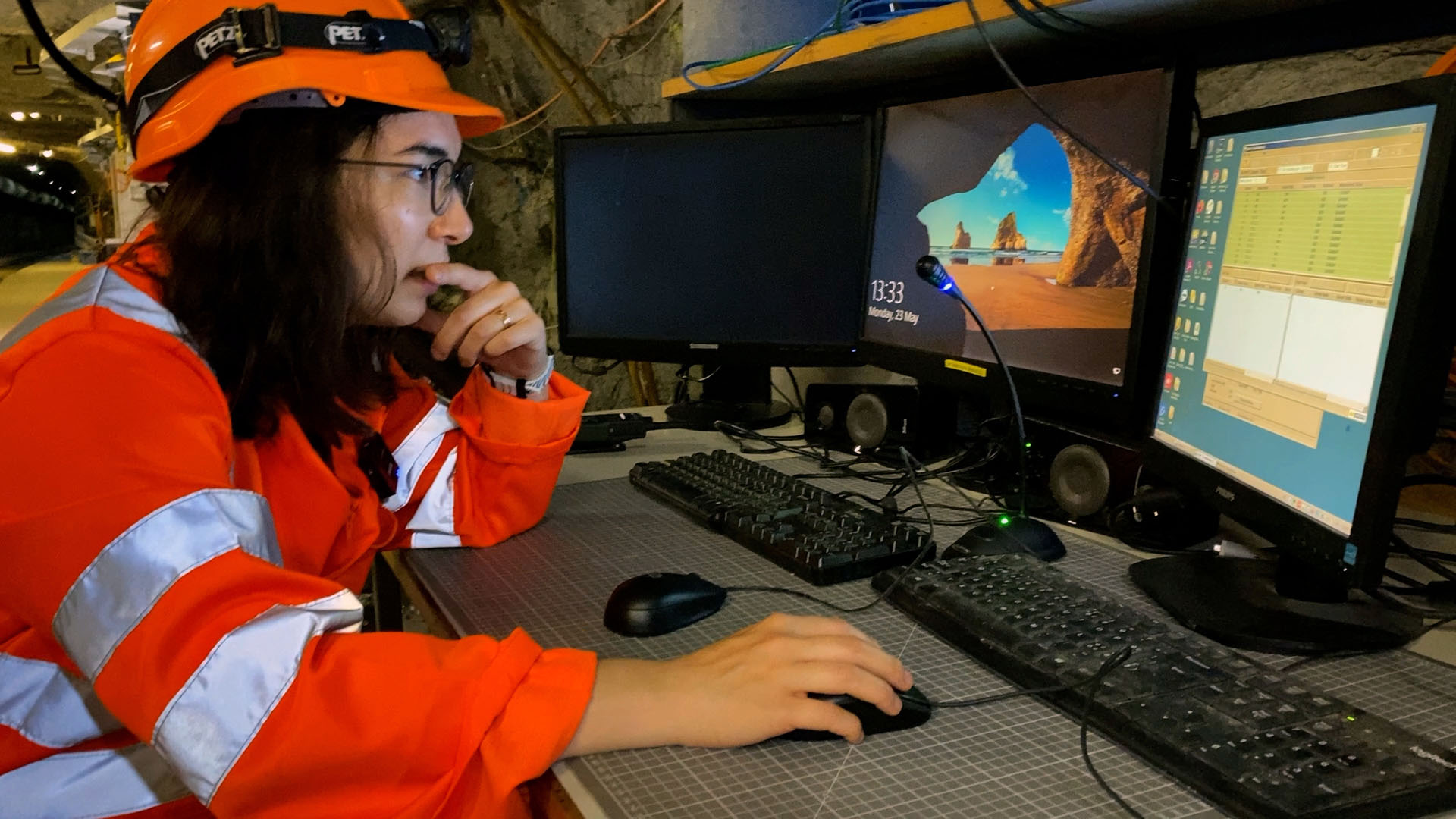
In the search for life in the universe and here on Earth, many assumptions about life forms have to be discarded. It’s hard, for example, to imagine living in boiling water. Yet there are microbes that can live and reproduce at even higher temperatures than that.
In 1966, in a hot spring at Yellowstone National Park in the United States, the microbiologist Thomas Brock found a bacterium that can live above the boiling point of water. Brock’s work led to the PCR test, which is now used to detect Covid-19 infections.
In her student days, Magnabosco was fascinated by Brock. The late scientist, who died at the age of 94 last year, was a role model for her, notably because he made a point of talking to researchers from other disciplines and exchanging ideas with them.
It is these interdisciplinary methods that characterise Magnabosco’s own research. The German and Swiss astrophysicist Sascha Quanz, one of the founders of the new Centre at the ETH Zurich, says he’s particularly happy to work with a researcher who has this interdisciplinary approach. Magnabosco and her team are using strands of knowledge, such as DNA sequencing, that are not usually applied in earth sciences.

Under the microscope
After sequencing has been done using a special machine in the Zurich lab, Magnabosco holds up a plastic tube containing a water sample. Just one millilitre of water from the Bedretto Lab can contain between hundreds to hundreds of thousands of microbial cells.
Magnabosco turns on a pump. The cells get caught in a filter. Once the filter is dry, she adds a fluorescent dye that attaches itself to the DNA and makes it visible under a special light.
The microbes’ journey ends there, in the darkened room, on the glass plate of a microscope. Small green dots appear on the screen. These are bacteria and viruses.
“It’s a somewhat simple task of counting dots, but it’s a very valuable piece of information that we gain,” says Magnabosco, as she focuses the microscope.
For example, these dots indicate just how biological activity on Earth and its atmosphere have changed over billions of years. There are microbes that can double in number in the space of 20 minutes. But some other microbes need a thousand or even ten thousand years to manage the same feat. This enables researchers to model how life on Earth developed over time.
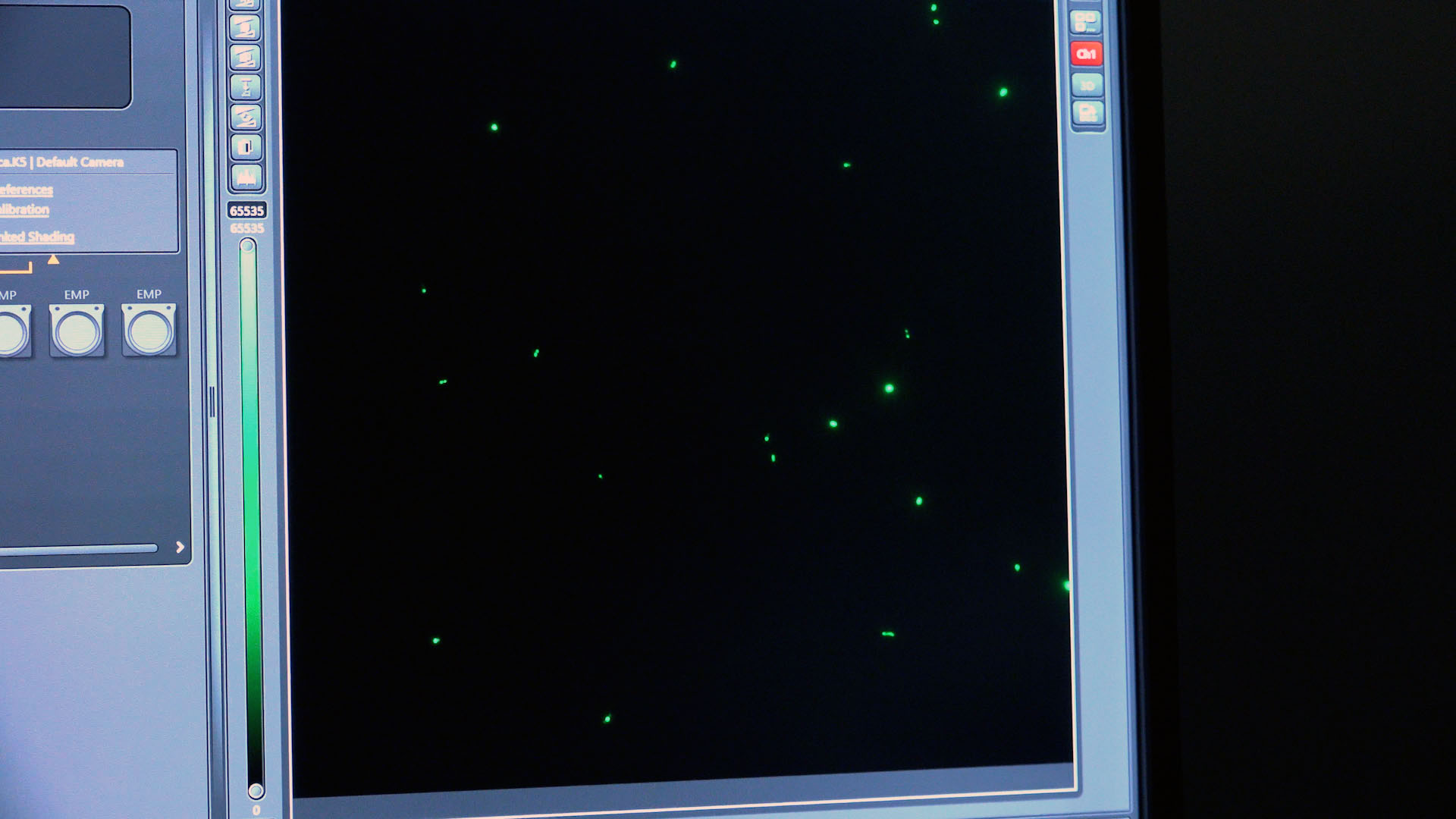
Progress by error
The DNA are the building blocks that can programme information in a genome. These building blocks are able to copy themselves and replicate more of their kind.
This doubling can and does give rise to errors. And that is the decisive point for Magnabosco. For these particular errors in the copying process are what enables an organism to develop further. Only those mutations that are able to resist challenging conditions will survive.
One important aspect for the researcher is the feedback that happens between living things and a planet as soon as it starts to host life. Scientists refer to this as co-evolution.
“When we look at Earth’s history particularly, we see that the evolution of the planet has been quite different from [that of] the surrounding [planets],” says Magnabosco. “And this is because of these feedbacks between living things and the Earth.”
She gives oxygen as an example. For the first half of Earth’s history, the oxygen level was below the detection limit – in other words, it was virtually non-existent. RockExternal link records confirm this. It was photosynthesis that enabled the Earth to create an atmosphere. This in turn resulted in new, more complex life forms.
Travelling back along the passage under the Gotthard, we are out of breath as we hurry to catch the bus, which comes only every three hours. Just in front of the tunnel, Magnabosco drops her overalls into a plastic bin for the wash and locks up. As we wait for the bus to come along, it starts to rain – water on the rocks.
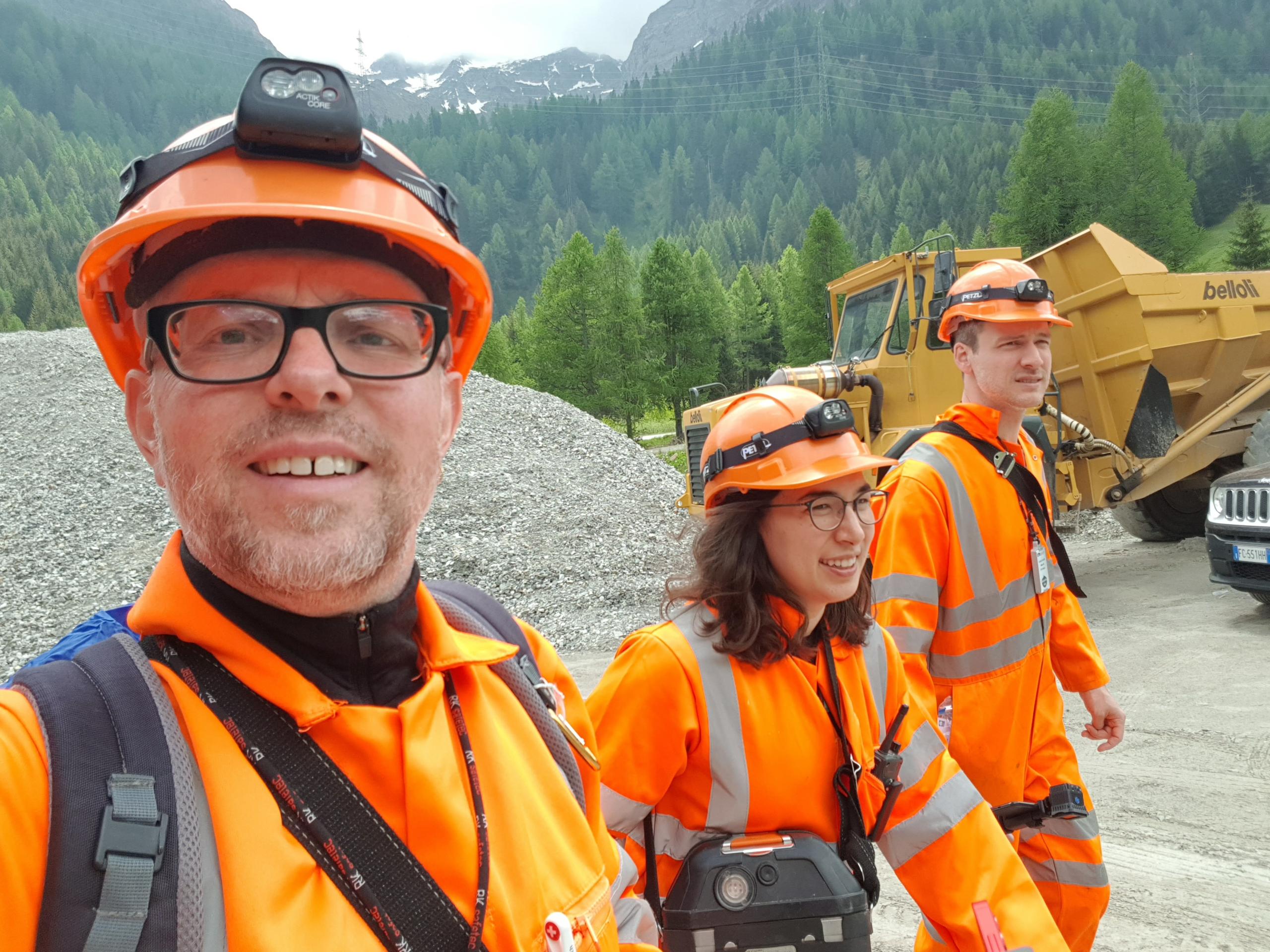
Translated from German by Terence MacNamee/gw

In compliance with the JTI standards
More: SWI swissinfo.ch certified by the Journalism Trust Initiative




























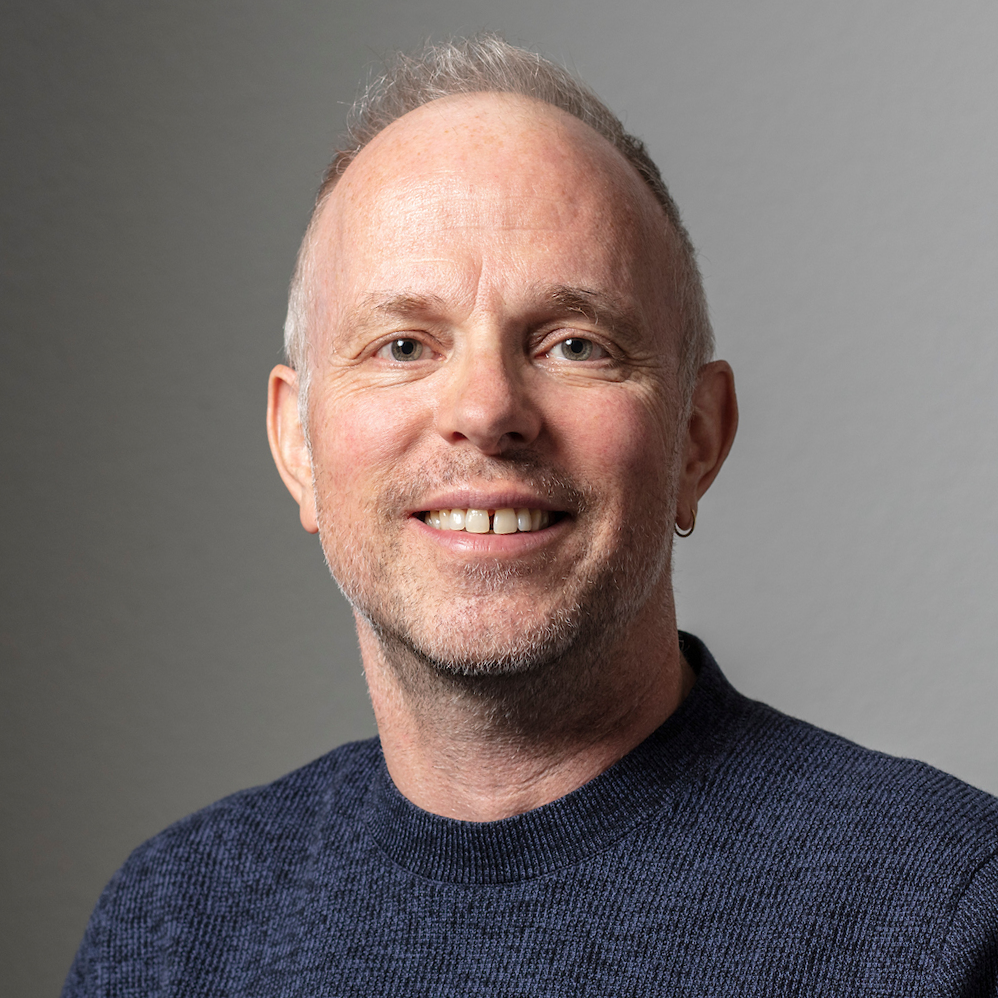
You can find an overview of ongoing debates with our journalists here . Please join us!
If you want to start a conversation about a topic raised in this article or want to report factual errors, email us at english@swissinfo.ch.